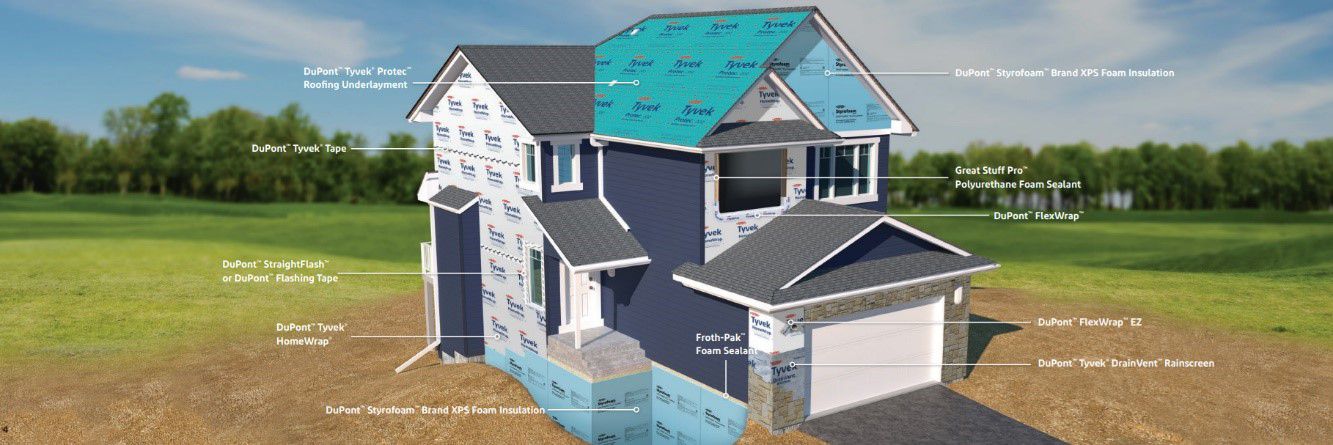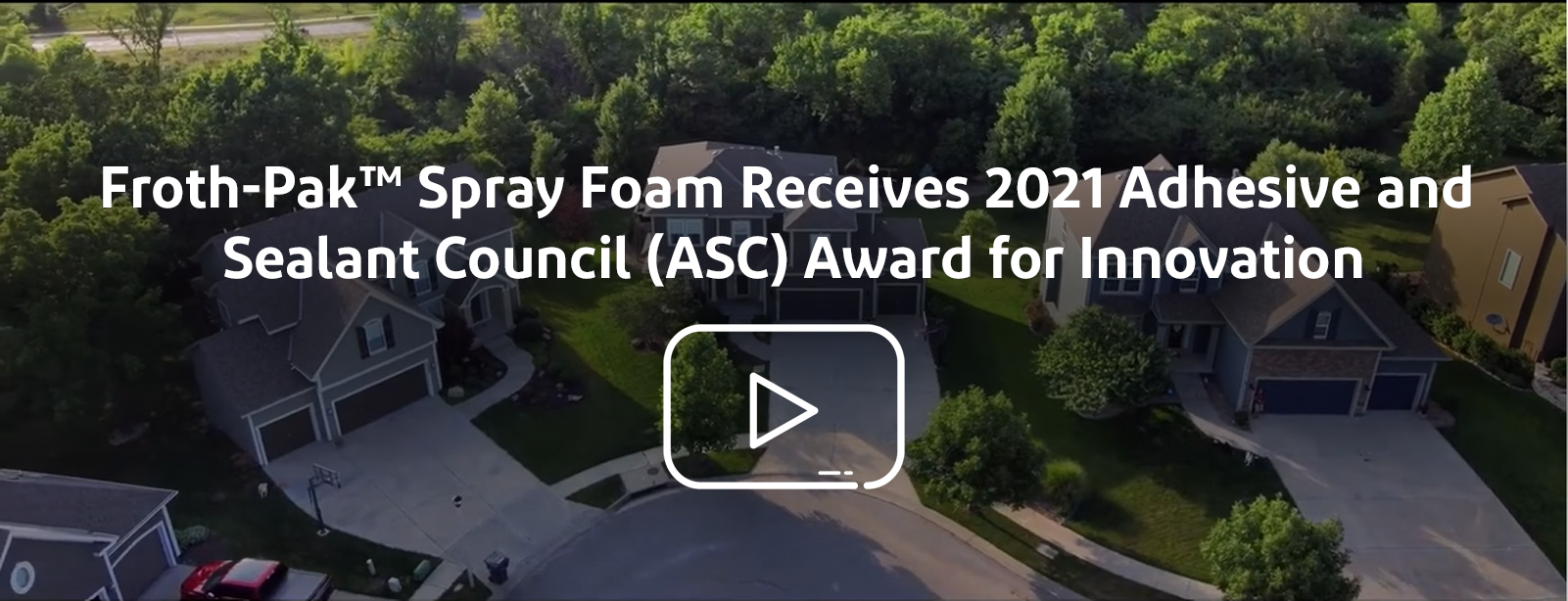Tackling CO2 Emissions Through Innovative Construction Materials
Article
Shawn Hunter, Global Sustainability Director, DuPont Performance Building Solutions & Corian® Design
The construction and remodeling of homes calls for sustainable building materials and application. The impact of new construction yields a long-lasting effect on our planet, which is why we must take action.
Home construction and its impact on the planet
Tens of millions of homes are constructed each year around the world, ranging from an estimated 15 million homes in China, to 1.5 million homes in the United States, according to The Economist, with demand expecting to continue.
Creating new homes comes with environmental consideration. The building and construction segment is responsible for nearly 40% of all annual CO2 emissions; 10% coming from emissions related to manufacturing of building materials used in new construction and 27% coming from the operation of existing buildings.
Naturally, given the environmental footprint stated above, we know the way we construct and remodel homes must be done with the planet in mind. The release of the latest climate report by the United Nations made it clear that we must innovate as if our future depends on it, because it does. Every bit of climate action matters, so the team at DuPont is taking intentional action to develop products and solutions that have lower carbon footprints.
Protecting homes through sustainable construction
Tyvek® HomeWrap has been a leading building material since 1980 and is just one of many sustainable construction innovations that have been protecting homes around the world for many years. By integrating the performance attributes delivered by products such as Tyvek®, Styrofoam™, and Great Stuff ™, and working with a national network of building science experts, the DuPont teams deliver innovative support and solutions for the next generation of new construction and renovation of existing homes.

To advance DuPont’s 2030 Acting in Climate sustainability goal, which is aimed at reducing DuPont’s direct greenhouse gas (GHG) emissions 50% by 2030, we are reformulating our portfolio to offer more sustainable building products to the entire industry.
Froth-Pak™ Spray Foam is a low-pressure, two-component spray polyurethane foam that is used to air seal and insulate buildings, reducing the energy required to heat and cool them.
To reduce the GHG emissions historically associated with spray foams, DuPont innovators worked to develop a reformulated version of the product with the goal of replacing the high global warming potential (GWP) blowing agents with low-GWP alternatives. Initial research work led DuPont’s innovation team to identify two potential solutions – a low-GWP solution that would have been easier to develop and implement, and a second option that was more technically-challenging to implement, but which offered greater GHG reduction. Ultimately, the team chose to pursue the challenging but more sustainable option. The Froth-Pak™ reformulation was not the simple choice, but it was the right solution.
The results
Applying formulation science and decades of spray foam expertise, the DuPont team invented a solution that delivers the desired reduction in GHG emissions while maintaining product performance, based on an innovative blowing agent package that pairs HFO blowing agent technology with CO2. This “challenging but more sustainable” formulation resulted in a low-GWP Froth-Pak™ Foam system that delivers an impressive 99% reduction in GWP of the blowing agent package, while also elevating the performance attributes professional contractors expect from the market-leading, low-pressure spray foam brand.
As an advocate for sustainability, DuPont understands that change and innovation is essential in the pursuit of making the world a safer, healthier, and better place to live. The transition to a low-GWP blowing agent formulation represents a huge step forward for the sustainability profile of Froth-Pak™ and is one example of our 2030 vision to help drive the transition to sustainability in the built environment by delivering solutions that address climate change.
Ultimately, DuPonters were able to deliver an entirely new product formulation that met building codes, exceeded the previous product performance, and enabled significant reduction in GHG emissions associated with the product. The annual climate benefit from this ingredient change is estimated to be equivalent to eliminating the annual emissions from 200,000 cars.
DuPont™, the DuPont Oval Logo, and all trademarks and service marks denoted with ™, ℠ or ® are owned by affiliates of DuPont de Nemours, Inc. unless otherwise noted.
